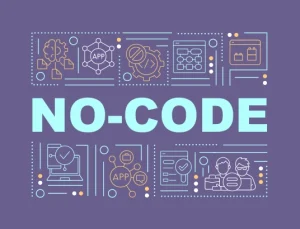- Posted on : September 6, 2024
-
- Industry : Corporate
- Type: Blog

Improving Communication Between Business and Technical Teams
In this era of globalization, many enterprises are building international teams. Communication is a foundation for everything, whether it's a small family-owned company or a huge corporation. However, we must learn to discuss various topics with a diverse audience.
Problem of communication
As a developer, I work with Infogain’s travel tech client, and we communicate in English with international teams. However, tackling technical, business, or other specific topics with unclear nomenclature can take time and effort. We have developers, testers, architects, managers, and product owners all discussing the same things but often using different words. Or members on the team will use the exact words, but have completely different meanings in mind. If we use the proper tools, we can turn this challenge into an opportunity for more growth. But first, let’s identify the problem.
Problem identification
During a recent project, our team worked on a system that had to translate data multiple times for different purposes. We needed a map that involved moving data from one place to another to create a solution. To resolve this issue, we had many discussions on chats, meetings, emails, and a few in person. The end result was very few summaries from the meetings, and no defined result, or document.
We definitely had communications issues. Here are a few signs that raised a flag:
- Revisiting the same topics
- Asking the same questions
- Many channels
- No visible summaries
- Contradictory conclusions
- Lack of agendas
- No clear results
In this team, we noted that we had many people involved in one single activity, and this was the key to solving the problem. It was time to get everyone together and collaborate—by organizing a workshop!
Workshops
This method is especially effective when many verticals are involved in a single topic. Gamification of tasks and shared goals in a workshop environment is an excellent way of learning new things. By aligning nomenclature and reaching a common understanding, we can make good use of the synergy within the group. First, let's identify steps for setting up a workshop:
- Describe a clear and common goal.
- Define boundaries and requirements for the result.
- Decide on shared nomenclature.
- Prepare a place/document for summary and result.
It was a slow process at the beginning since we had to gather perspectives from everyone on how we should use the document. This was a challenge because there were many questions asked to clarify what we exactly meant. The question that came up the most throughout the meeting was, "What do you mean by...?" We did end up with an understanding and a common language. Now we could create a document anyone could use for their purposes.
Finish line
This approach for improving communications between teams has allowed us to reduce the time needed to create business requirements. The very first one took over a month, while information was gathered through various channels. In the end, we got the job done within a week. Along the way, we had some fun and fostered great team building through collaboration.






